On March 7, 1968, the doors swung open on Cinderella City—a mall that was unlike any shopping center the Denver area had ever seen. On opening day, the new mall boasted more than 1.5 million square feet of space spread across five distinct malls that covered about two miles. It featured 7,000 parking spaces, the promise of more than 250 retailers and an exquisite fountain.
According to its builders, it was the largest indoor shopping center in the world on that spring morning. (Though mostly it would be referred to as, "the largest mall west of the Mississippi.")
Local shoppers went absolutely nuts for the fairy tale shopping space. For decades, it was the place to shop in the Denver area, and customers streamed in from across the Mountain West.
By 1997, however, the clock struck midnight as the employees of Montgomery Ward, the mall's last major retailer, closed its doors for the final time.
The rise and fall of Cinderella City is a story that includes huge helpings of economic postwar optimism, the brutal realities of retail marketing and plenty of nostalgia.
Bringing Cinderella City to Life
In 1960, Gerri Von Frellick was the king of Denver shopping centers. He had already spearheaded the development of the Villa Italia in Lakewood, which would open in 1962, but was itching for a project that was substantially larger.
That's why he approached the Englewood City Council with an idea that was as risky as it was visionary. Von Frellick wanted to purchase a 55-acre lot near the Englewood City Hall, which had once housed the KLZ radio transmitters, and redevelop it into something the likes of which Denver had never seen.
His project even had a glamorous code name, Cinderella City.
Like the ideas of so many visionaries before him, Von Frellick's plan was met with no small amount of friction. Many locals, including those in Cherry Hills Village, were not happy about the prospect of living near the world's largest shopping center, and the Englewood City Council wasn't crazy about the name. In fact, at various points throughout the mall's early development, Englewood lawmakers openly offered Von Frellick small concessions if he changed the name.
During the early planning stages, in November 1962, the Englewood City Council killed the project entirely. In a 5-2 vote, the Council denied the zoning changes that were required to bring the mall to life. There were, in fact, five votes in favor of the mall, but a two-thirds majority was required for zoning decisions.
A Rocky Mountain News article from November 11, 1962, explained the opposition as stated by attorney Harold Feter saying, "Residents seeking to protect zoning integrity of the area were generally against the shopping center proposal."
After a few courtroom battles, Von Frellick and company finally gained approval for their ambitious plan.
As for the name, Von Frellick claimed that it was just a placeholder. For reasons that appear to be unexplained, he kept the name anyway.
With the challenges of fighting/working with City Hall behind him, Von Frellick was all set to move Cinderella City from dream to reality.
(Cinderella City's move from dream to reality is a subject that's practically worthy of a book-length treatment and falls far beyond the parameters of a single blog post. For more information on this subject, see the scanned news articles in the attached Remembering Cinderella City gallery.)
Shovel Ready
Compared to the challenges of actually receiving permission to build, the construction of Cinderella City was relatively uneventful.
On March 31, 1966, according to the Rocky Mountain News, Von Frellick presided over the groundbreaking of what the paper referred to as, "The New Englewood Shopping Centre." At that time, Von Frellick promised a development that would hire more than 2,500 employees, boast 250 stores and possess a monthly payroll of more than $1 million.
Two years later, on March 7, 1968, the mall was ready to open and was on course to radically alter the shape of retail shopping in the Denver area.
To say that expectations were high on that morning is an understatement. An article in the Rocky Mountain News even suggested as many as 1 million people might visit the mall during its first three days of operations, and both the News and the Denver Post featured special Cinderella City sections. Given that the population of the entire Denver metro area was only around 1.2 million at the time, the Rocky Mountain News's estimate seemed hugely optimistic.
Even so, Cinderella City's opening weekend and its subsequent decades in operation were nothing short of a spectacular success.
(What happened when Cinderella City finally opened its doors to starstruck Colorado shoppers? Find out in Part 2 of "Cinderella City: The Decline and Fall of Colorado's Most Memorable Mall.")

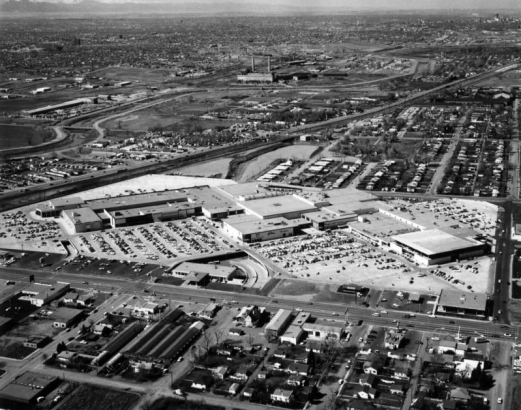
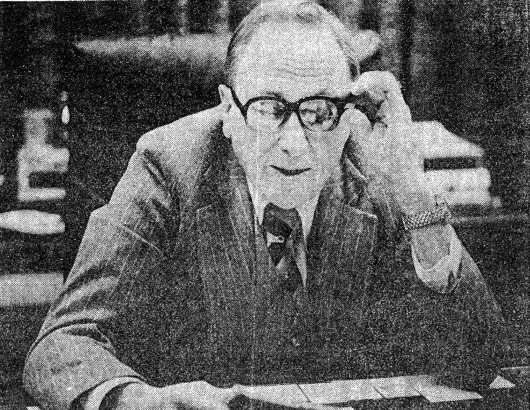
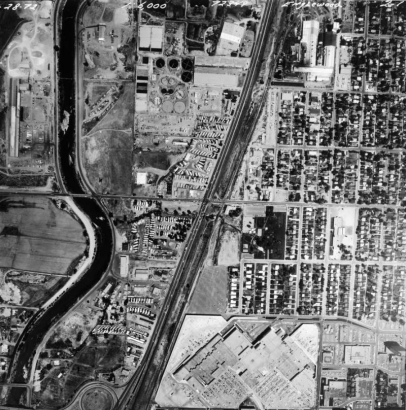
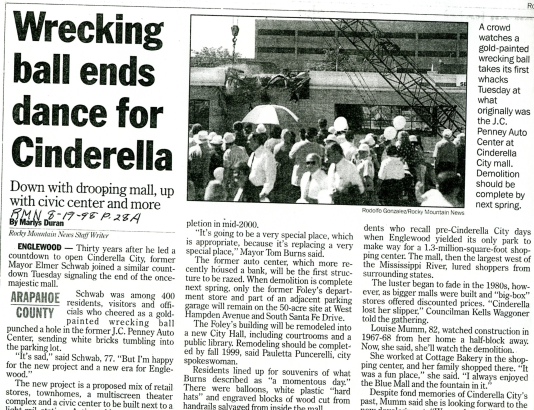
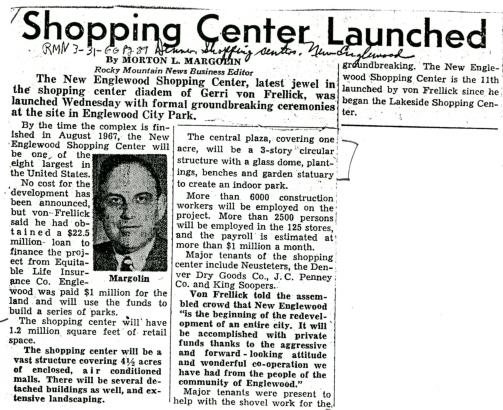
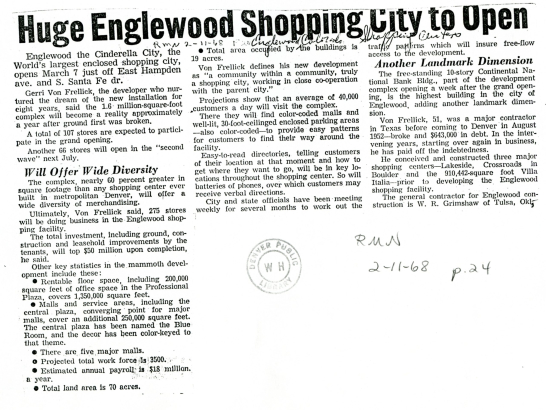
Comments
I remember working for mr Von
I remember working for mr Von Frellick he was a very knowledgable man he trained me to sell office space for Academy Park when it first opened and he was working on a kiosk for realtors he always was thinking out of box and I was so excited when he promoted me to work with future clients who needed office space. I liked sales a lot and he gave everyone a chance to succeed and his daughter Gerry was very nice. His Diamond Hill project was developing he was a man with compassion for life and respected your opinion but he Expected his employees to put in a good days work no slackers. So glad I found this article I am over 70 now and was just telling my husband about him as we discussed our beginning jobs. Great man
Last time talked to him was
Last time talked to him was around 1977 1978
Just wrote note adding
To it another thought he was a true visionary
I think there was a train
I think there was a train that kids could ride in the park before the mall was built? Seems the "engineer" said that the train would not run next year because of a mall being built. I was so mad at the mall being constructed.
My father James Larkin owned
My father James Larkin owned a small barbecue restaurant on Hampton Road where Cinderella City was to be built, called Dixie Barbecue. When Cinderella City was approved, I suppose the owner of building he was in (in was on the corner of Hampton and another street, looked like a converted home) ended the lease to my father and he had to move away (it was to become part of the parking lot of Cinderella City) to a new business called Town and Country Catering. As a small boy I have very fond memories of Dixie Barbecue, 'helping' my father as a 5 or 6 year old boy and the kitchen, food lockers, and forever the smell of barbecue cooking outside. Amazingly, we moved away from Colorado before I ever even saw Cinderella City.
Thanks for the nice write-up!
Thanks for the nice write-up! In 1969, while in the 9th grade at Gove (no longer around either!!), I would take a bus (with a transfer) to work on Saturdays for a guy over in the DU area. In the late afternoon, I would take another couple of buses to Cinderella City (the end of the line) and give my dad a call to pick me up from his home in Littleton. He would always park in the underground parking near the Rose Mall and pick me up at the fountains where I would just be hanging out. What memories! [And, just for kicks, in the early 1960s we lived close by and I remember going to the public swimming pool often, which gave way to the mall!]
I have a friend that her…
I have a friend that her parents worked in the food court between 1980 and 1984. Her mom passed away many years ago and never told anyone who the father was. She is desperately seeking for him. All she knows is that he worked in the food court with her mom and my friend was born in 1984. Is there any way to find employment records that would have her mom and dad's names listed? She has been looking for him for a long time any help would be greatly appreciated. Her mom's name was Elizabeth Ann Clinger.
I worked fir Gerri Von…
I worked fir Gerri Von Frellick during early 70’s, although most of my time was spent as director of leasing academy park, office project and diamond hill also office project.. I spent time helping Gerri on Cinderella too… he was a quality gentleman and mentor to me in early days of real estate..the reason he would not give up on the name Cinderella City it was a tribute to his only child, Gerri Lou, who was very young when he started the idea ..
Add new comment